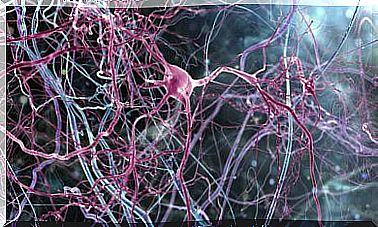Leadership Within Social Identity

What does it mean to be a leader? Throughout history, multitudes of people have stood out for their ability to lead the masses; but one of the questions that social psychology asks is why this follow-up. The classical aspects of the study of leadership tried to find a series of characteristics that made the leader and identified with him, but there is too much variability between the different leaders for a single classification to emerge from this interest. Now, a vision less focused on the individual, which is oriented to group processes, will help us to better understand leadership.
John Adair once said that the most important word for a leader is “we” and the least important is “me.” This observation presents us with a point of view from the social identity. Leadership is maintained through a “we”, a group that unites us and directs us towards the same goal. In this way, the followers will abandon their personal interests and act in favor of the group.
Before explaining how the leader is born through group processes and social identity, we will review the classic perspectives of the study of leadership. In this way we will have a more complete vision of all the aspects involved in this leadership process.

Classic approaches to leadership
When we talk about the classical approaches, we are focusing on the idea of the “Big Man” and his personality. This conception goes back at least to the writings of Plato, in search of the substance that constitutes the leader. The discussion about personality or its characteristics has been going on for about 2,500 years.
In general, from this perspective, it is understood that the leader has great capacities to direct, manage and motivate other people. In addition, an essential characteristic is usually attributed to him, called “charisma”. But what is charisma? Throughout history, it has received many different meanings; even giving rise to circular definitions, such as that charisma makes a leader and to be a leader is to have charisma.
The biggest problem that arises from these perspectives is the heterogeneity that we can find among leaders. Several studies have been carried out analyzing similarities between leaders, and looking for what characteristics made someone a leader or not. But the results do not offer clear conclusions, the variable that best predicts leadership is intelligence, which represents 5% of the variance, there would be 95% of the variance caused by variables that we do not know.
Therefore, personal identity is a poor mechanism for predicting leadership. However, we can see what happens if we look at the group or social identity of the leader.
Leadership and social identity
First of all, if you are not very well versed in what self-categorization processes and social identity mean, you can click on this link. Knowing these theories will help you understand in greater depth what we explain below.
An essential aspect for someone to be a leader is to have followers who recognize them as a leader, either implicitly or explicitly. That is, behind every leader there is a group, which will have its own group identity. This identity will be reflected in a series of characteristics and objectives that define the group, and the individuals within it will be identified with a large part of them.

Now, the followers are the ones who choose the leader, what will they look at to determine the leadership? It is easy to imagine that if the followers have their social identity active, they will look for someone who represents the characteristics and objectives of the group. In their search they will compare the supporters to leader with the group identity. It will be then when one of them stands out for being the exact prototype of the group, and a multitude of followers will see him as the head of the group.
The leader is one who lacks personal identity from the point of view of the followers. His whole being represents the group and that makes him the ideal person to carry out this role; since if he is equal to the group, he cannot go against the interests of the group. In addition, as all members share a group identity, there will be a strong identification and empathy with the leader.
This new point of view overcomes the shortcomings of classic leadership models. The fact of explaining the leader from each particular group identity helps us to understand the existence of the great variability that exists between the different leaders. But even so, much remains to be investigated and processes to understand within the mechanisms of leadership.









